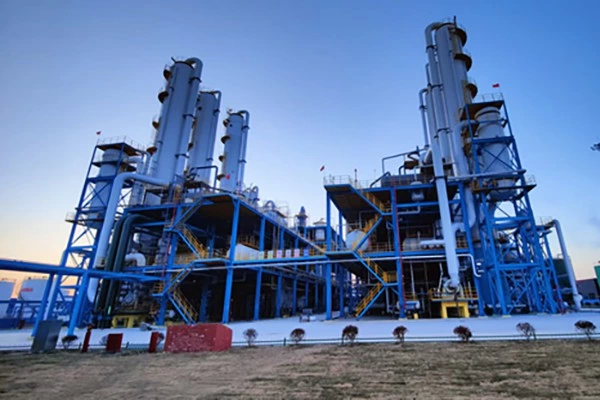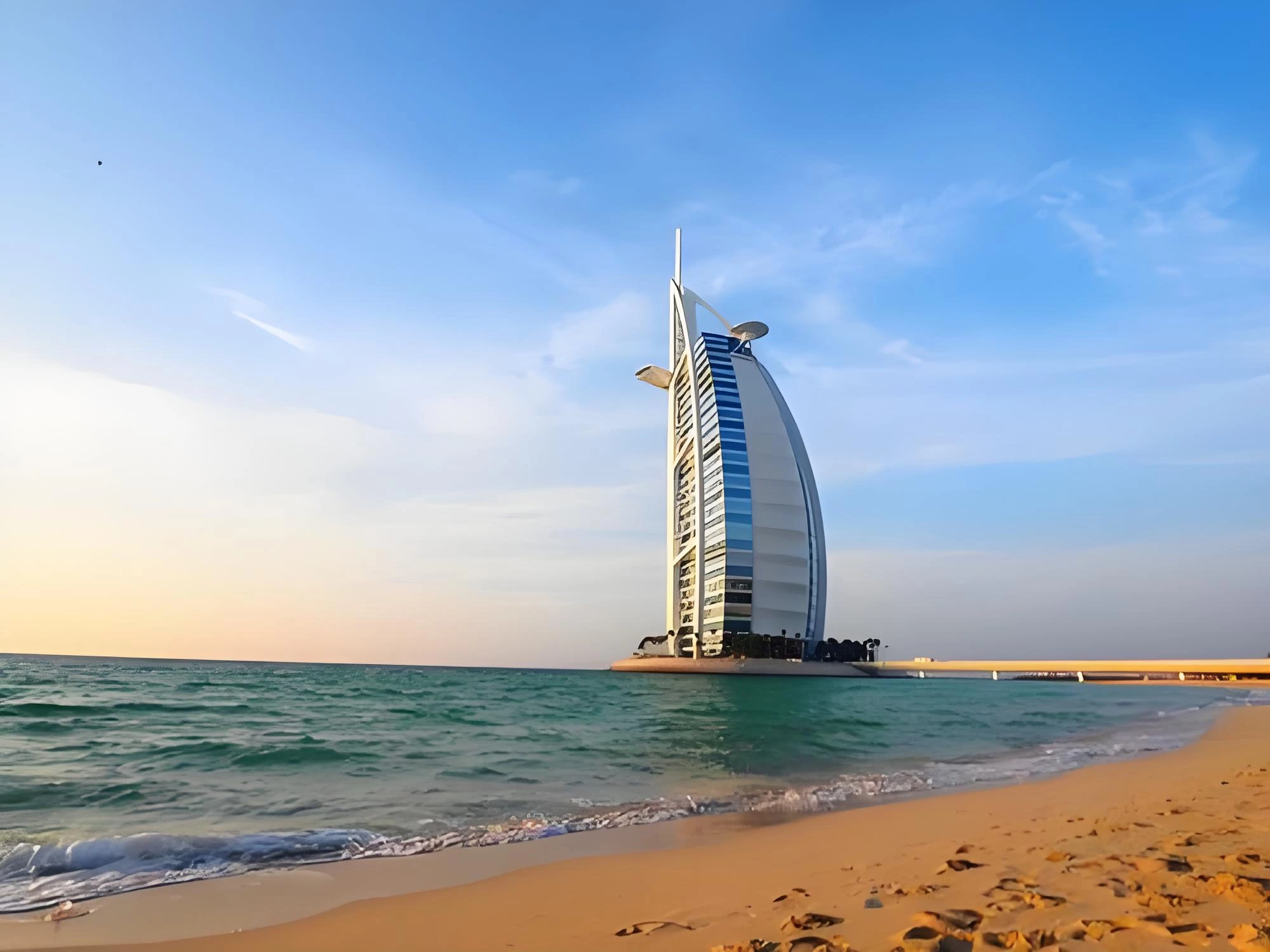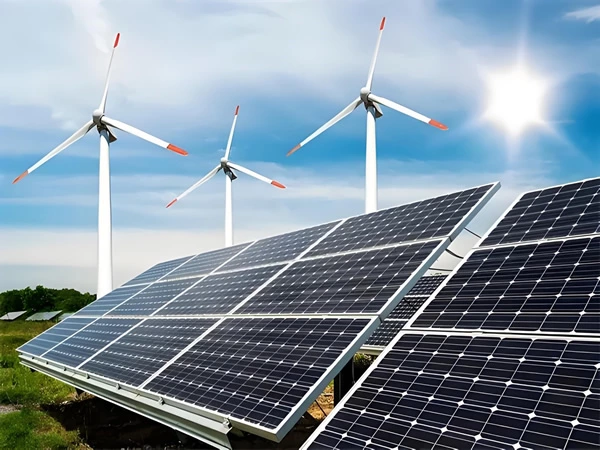
1.Project Background
Relying on the resource advantages of ethylene oxide (EO) and carbon dioxide (CO₂), a certain chemical enterprise adopted the transesterification method to build a 100,000-ton per year dimethyl carbonate (DMC) plant (2×50,000t/a), and co-produced polyester-grade ethylene glycol (EG). By integrating the triple technologies of reactive distillation, differential pressure thermal coupling distillation and heat pump distillation, and combining the design of a super-large tower made of CS+304 composite material, a green manufacturing upgrade of "high-efficiency reaction - energy closed-loop - low-cost anti-corrosion" is achieved. The goal is to reduce energy consumption by more than 40% and increase product purity to 99.9%. Support the demand in high value-added fields such as new energy materials (lithium battery electrolyte, polycarbonate).
2.Technological process
(1)Integrated pretreatment and reactive distillation
Raw material preparation:
EO and CO₂ are mixed at high speed in a jet reactor at a molar ratio of 1:1.2 to form ethylene carbonate (EC), avoiding safety risks caused by local overheating.
EC is mixed with methanol (molar ratio 1:3) and then enters the lower part of the reaction distillation column.
Reactive distillation section:
The lower part of the tower is filled with acidic ion exchange resin catalyst. EC and methanol react and separate under the conditions of 95℃ and 0.8MPa.
The products DMC (boiling point 90℃) and ethylene glycol (EG, boiling point 197℃) were removed in real time, breaking the reaction equilibrium. The single-pass conversion rate of EC was increased to 95%, and the selectivity of DMC was ≥99.1%.
(2)Differential pressure thermal Coupling Distillation System (Energy Integration Core)
High-pressure tower (1.2MPa, top 125℃) :
The mixture of DMC/methanol/EG generated by the treatment reaction, and the high-temperature steam at the top of the tower (latent heat 780kJ/kg) are directly used as the heat source of the reboiler in the low-pressure tower (0.4MPa, 80℃ at the top of the tower).
The EG enrichment liquid at the bottom of the tower enters the by-product refining tower, where polyester-grade EG (purity ≥99.9%) is separated.
Low-pressure tower
The waste heat from the high-pressure tower was utilized to further separate DMC from methanol, reducing the consumption of external medium-pressure steam (1.6MPa) by 4.5 tons per hour and increasing the thermal efficiency of the system to 89%.
(3)Heat pump distillation refining System (Terminal Waste Heat Recovery)
DMC refining tower:
The methanol-DMC azeotropic steam (65℃, 0.3MPa) at the top of the tower was pressurized to 0.6MPa (with a temperature rise of 15℃) by a screw compressor and used as the heat source for the reboiler at the bottom of the tower, replacing 10 tons of 1.0MPa industrial steam per hour.
The waste heat of the condensate water (80℃) is used to preheat the methanol feed, saving 30% of the preheating energy consumption and reducing the power consumption per ton of DMC to 130kWh (180kWh in the traditional process).
(4)Product separation and by-product recovery
DMC finished product tower: Through heat pump distillation, the purity of DMC is achieved at ≥99.9% (national standard superior grade), meeting the demands of high-value-added fields such as lithium battery electrolyte.
EG recovery system: The by-product ethylene glycol, after vacuum distillation, has a purity of 99.9% (polyester grade), and its market value is 1,200 yuan per ton higher than that of the industrial grade.
3.Technical advantage
(1)High efficiency and energy conservation: Triple technologies work together to reduce costs
Integrated reactive distillation
The independent reactor is omitted, the process flow is shortened by 30%, the reaction heat is directly used for distillation, and the external heat supply is reduced by 25%.
Real-time separation of products drives the reaction equilibrium to shift forward, increasing the EC conversion rate by 10% and reducing cycle energy consumption.
Differential pressure thermally coupled distillation
The waste heat from the high-pressure tower replaced 60% of the heating steam from the low-pressure tower. The steam consumption per ton of DMC decreased from 2.8 tons to 1.0 ton, saving 12,000 tons of standard coal annually and reducing CO₂ emissions by 32,000 tons.
Heat pump distillation technology
The recovery rate of waste heat from the steam at the top of the tower reaches 85%, replacing 10 tons of industrial steam per hour and saving 25 million yuan in operating costs annually.
The recovery of waste heat from condensate water has increased the thermal efficiency of the system to 89%.
(2)High-purity separation and equipment innovation
Composite material anti-corrosion design
The reaction section (15 meters at the bottom of the tower) adopts CS base material + 304 stainless steel inner lining (3mm thick), which is resistant to trace formic acid produced by EC hydrolysis, and its service life is extended to 10 years (5 years for traditional carbon steel towers).
The condenser at the top of the tower is made of all 304 stainless steel, which is resistant to methanol dew point corrosion. The equipment investment is 30% lower than that of the all-stainless steel tower.
Engineering of super-large tower equipment
The tower body with dimensions of DN4000×50000mm was analyzed by ANSYS finite element analysis, capable of withstanding typhoons of up to level 12 and earthquakes of up to 8 degrees. The modular design facilitates transportation and installation.
The stepped packing (Mellapak 750Y in the lower section + 500Y in the upper section) enhances the mass transfer efficiency, increases the theoretical plate number by 15, and improves the separation capacity by 20%.
(3)Intelligent control and intrinsic safety
APC advanced control: Integrated with over 20 control variables (reaction temperature, heat pump frequency, tower pressure, etc.), product purity fluctuation ≤0.1%, catalyst life extended to 18,000 hours (+50%).
Safety interlock system: The EO feed pipeline is equipped with an emergency shut-off valve + online oxygen content monitoring (threshold ≤0.5%), and the liquid level at the bottom of the tower is interlocked for three to two times, reducing the risk of leakage of high-risk materials by 70%.
4.Application field
(1)In the field of new energy materials
Lithium battery electrolyte solvent: High-purity DMC (≥99.9%) serves as the core component of lithium battery electrolyte, supporting the rapid development of the power lithium battery industry.
Polycarbonate (PC) raw material: It is used to produce PC resin required for the lightweighting of electronic appliances and automobiles, promoting the localization of high-end engineering plastics.
(2)Chemical engineering and green solvents field
Pharmaceutical/pesticide intermediates: As green methylating reagents, they can replace toxic solvents (such as dimethyl sulfate) and meet the production requirements of environmentally friendly fine chemicals.
Environmentally friendly solvents: Used in fields such as coatings, adhesives, and inks to reduce the emission of volatile organic compounds (VOCs).
(3)High-value utilization of by-products
Polyester-grade ethylene glycol (EG) : Purity ≥99.9%, directly applied in the production of polyester fibers and antifreeze, with by-product value accounting for 28% of the total cost, reinforcing the equipment


